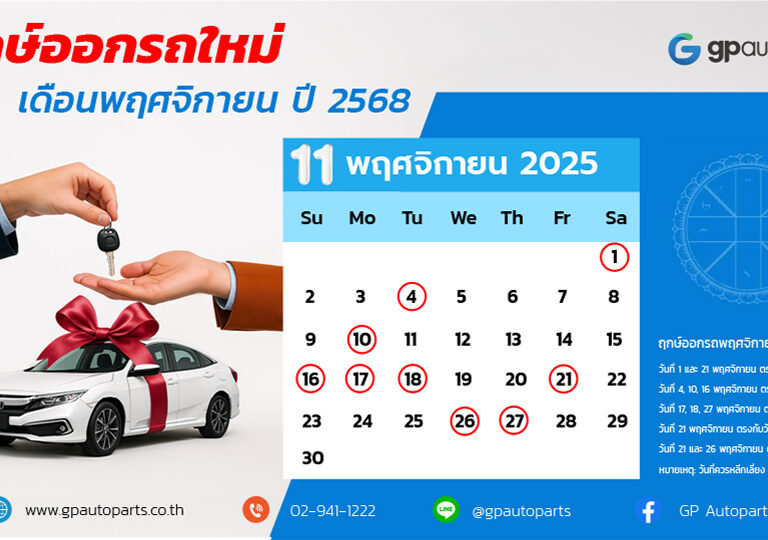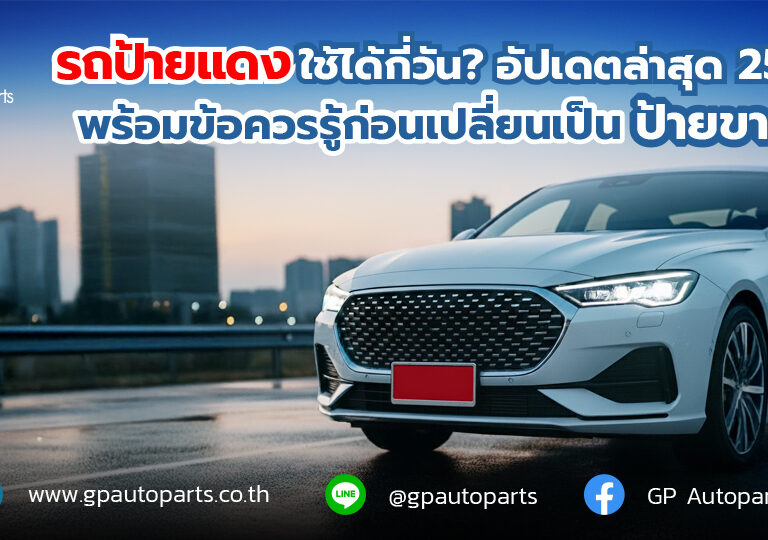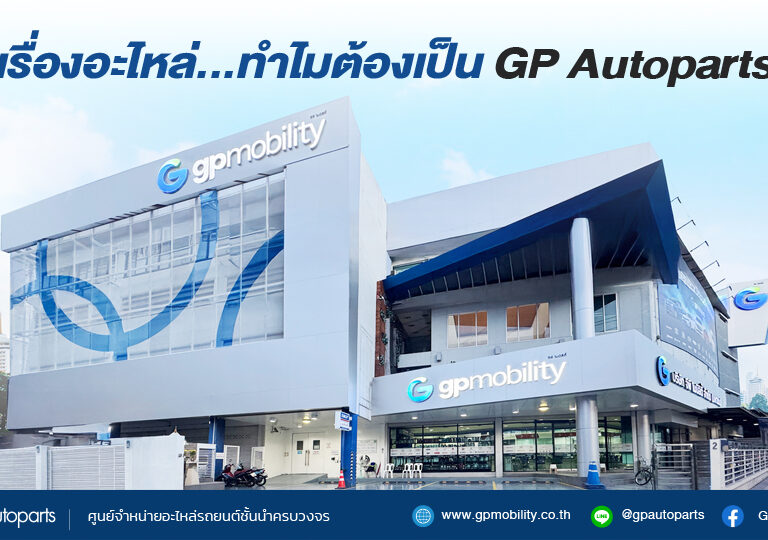
EV Battery Life: How Long Do They Last & What’s the Replacement Cost? The Complete Guide
One of the top concerns for anyone considering an electric vehicle (EV) is the battery. It’s the heart of the car and its most expensive component. Even as technology continuously improves to extend battery life and reduce degradation, two questions remain: “How long does an EV battery really last?” and “If it needs replacing, how much does it cost? EV Battery Lifespan and Types The most important thing to understand is that an EV’s main battery doesn’t “die” suddenly like a traditional 12V car battery. Instead, it “degrades” over time and with use, meaning its ability to hold a full charge gradually decreases. Types of Batteries 1. Lithium-ion Battery This is the most popular battery technology in modern electric cars due to its high efficiency, light weight, and high energy density. There are two main types used today: Lithium Iron Phosphate (LFP) Battery Lifespan: 3,000 – 4,000 charge cycles (approximately 10-15 years) Pros: High safety (difficult to ignite), very durable, lower cost (does not use cobalt). Cons: Lower energy density (results in a heavier/bulkier battery). Used in: BYD (all models), Tesla (Standard Range models), MG (newer models), NETA. Lithium Nickel Manganese Cobalt (NMC) Battery Lifespan: 1,000 – 2,000 charge cycles (approximately 8-12 years) Pros: High energy density (allows for a lighter battery and longer range). Cons: Higher cost (uses cobalt), lower thermal stability compared to LFP. Used in: Tesla (Long Range models), Hyundai IONIQ 5/6, Kia EV6, most European EVs. 2. Lead-Acid Battery The main role of a Lead-Acid battery in an EV is to be the “12V auxiliary battery.” It powers the car’s standard electronic systems like lights, wipers, and the radio. It’s often called the “small battery” and is the same type used in conventional gasoline cars. Lifespan: Approximately 1.5 – 3 years (just like a normal car battery). Estimated Price: 2,000 – 4,000 Baht (depending on the model and brand). 3. Nickel-Metal Hydride (NiMH) Battery This technology was once popular in some electrified vehicles, especially Hybrid Electric Vehicles (HEV). While Lithium-ion has now replaced it in modern Battery Electric Vehicles (BEV), NiMH still plays a significant role in the hybrid market. Lifespan: Approximately 8-10 years or 100,000-200,000 kilometers. Estimated Price: 50,000 – 90,000 Baht. 4. Sodium-ion Battery This is an emerging technology still in development and testing for wider use in the near future. It focuses on safety, low cost, and durability in various environmental conditions. Estimated Lifespan: Expected to be around 10-15 years, which would help make EVs more durable and reduce long-term costs. Summary of EV Battery Replacement Costs Battery Type Estimated Replacement Cost (Baht) Role in Vehicle Lithium-ion (Li-ion) 300,000 – 800,000+ Main Propulsion Battery (BEV) Nickel-Metal Hydride (NiMH) 50,000 – 90,000 Main Propulsion Battery (Hybrid – HEV) Lead-Acid 2,000 – 4,000 12V Auxiliary Battery (All cars) Sodium-ion No price yet (Future technology) (Future) Main Propulsion Battery Although the price of replacing the “entire pack” still seems high, it is steadily decreasing (as seen in price reductions from various car manufacturers). Furthermore, in the future, maintenance may not mean “replacing” the whole pack, but rather “repairing” it by replacing only the specific modules that have degraded, which will significantly reduce costs.









